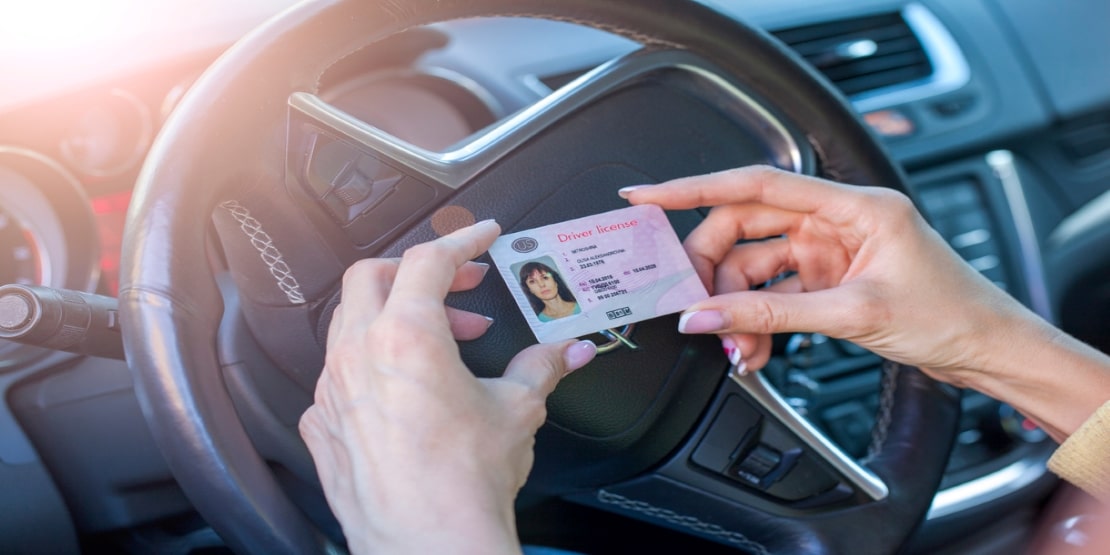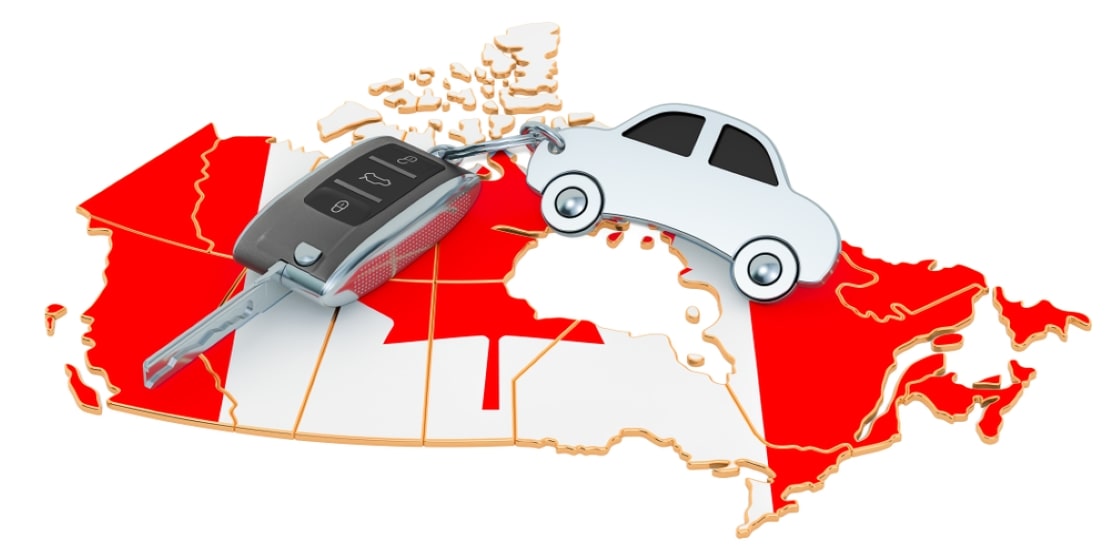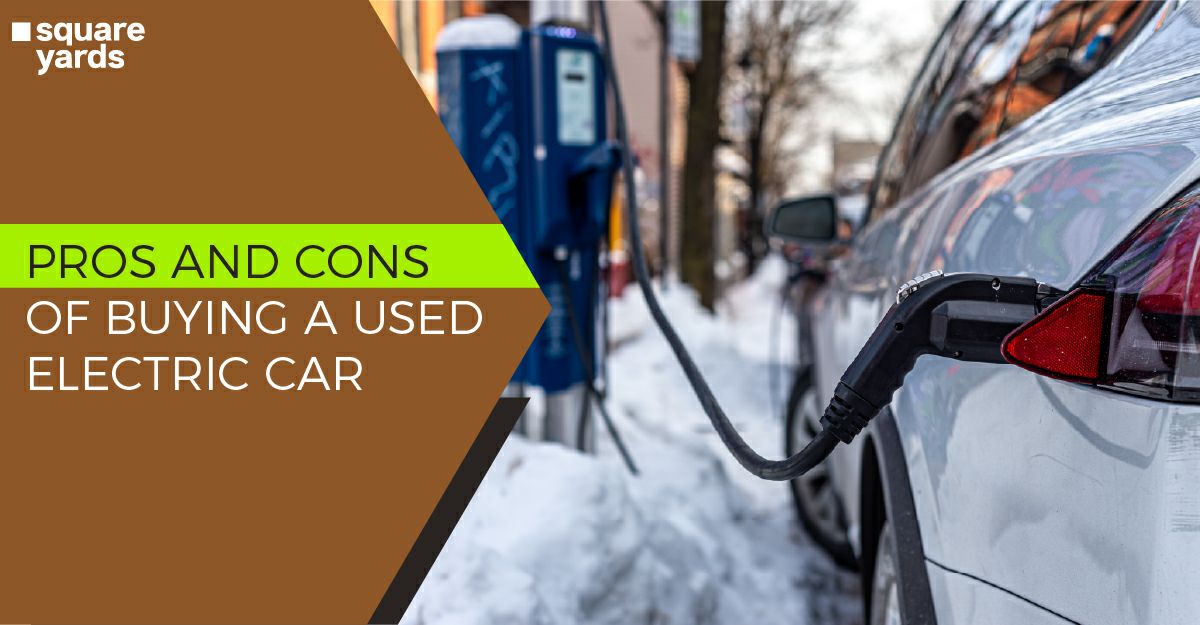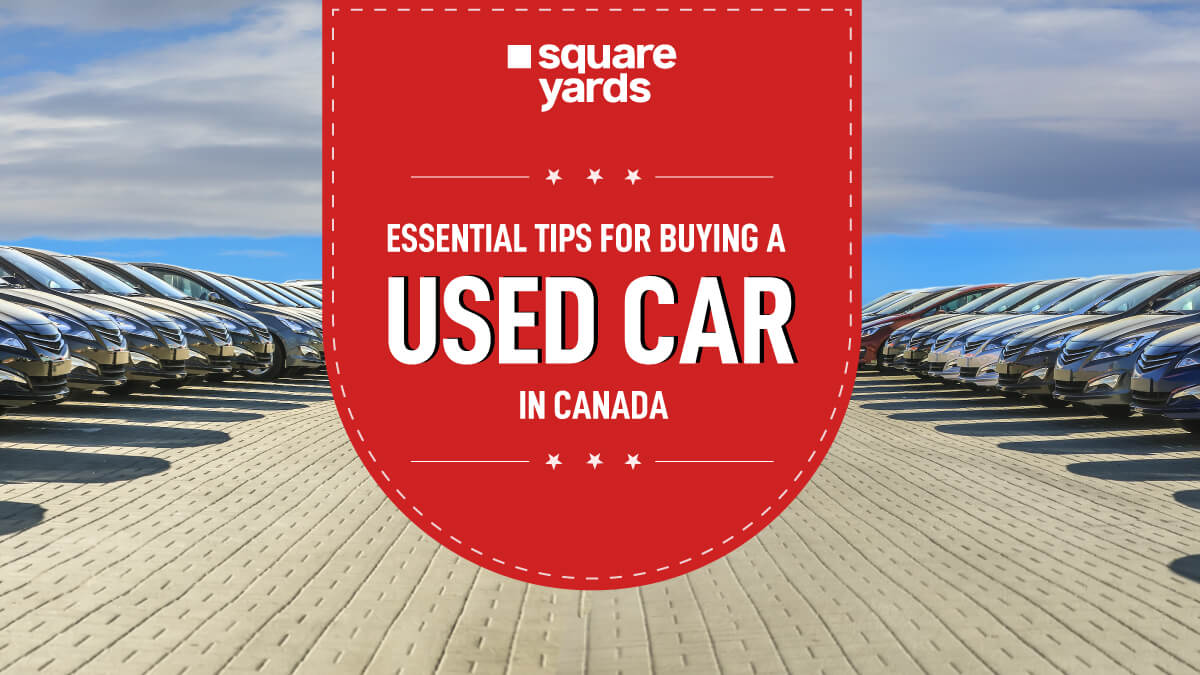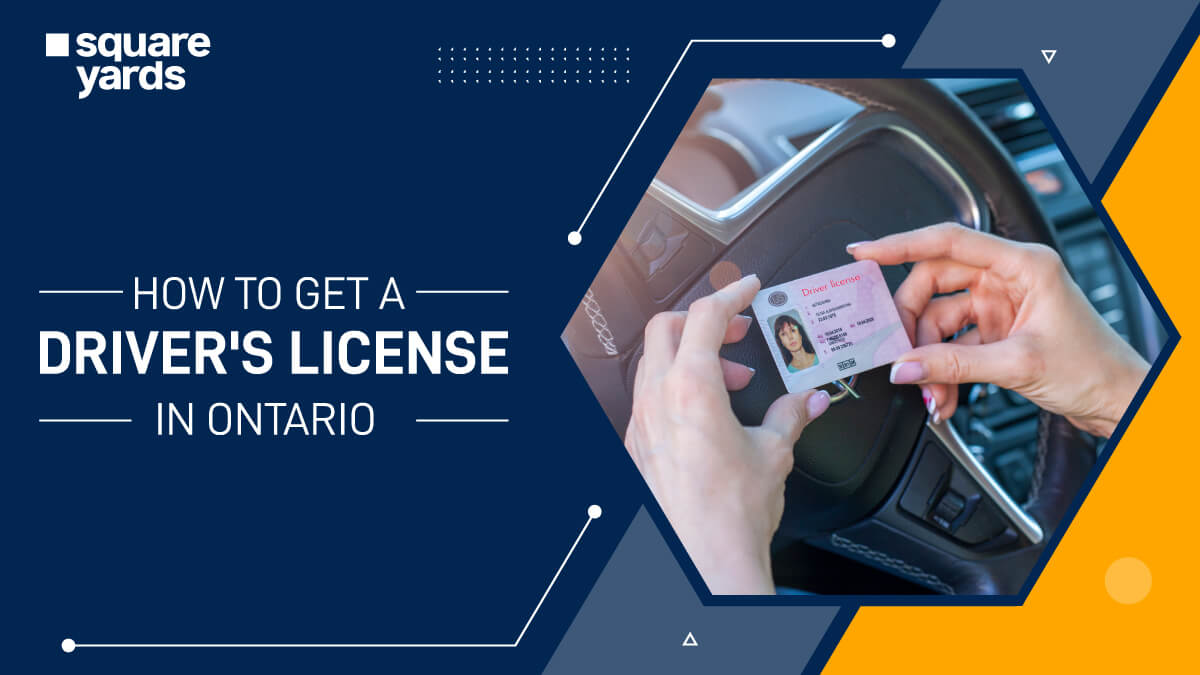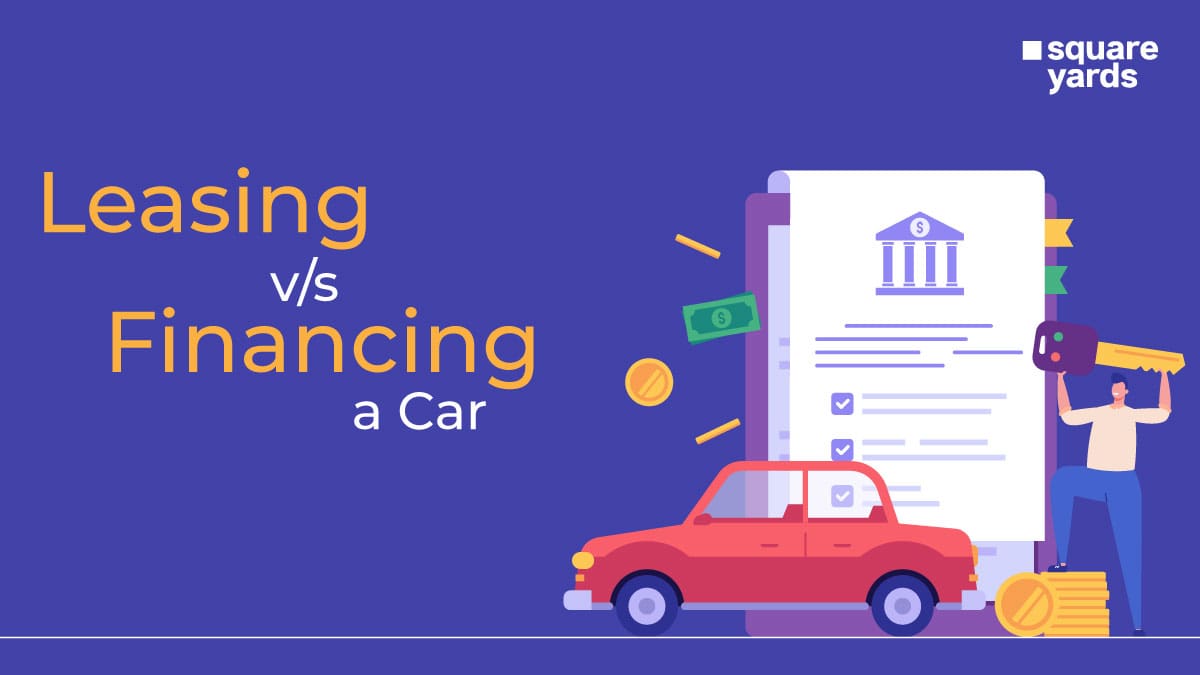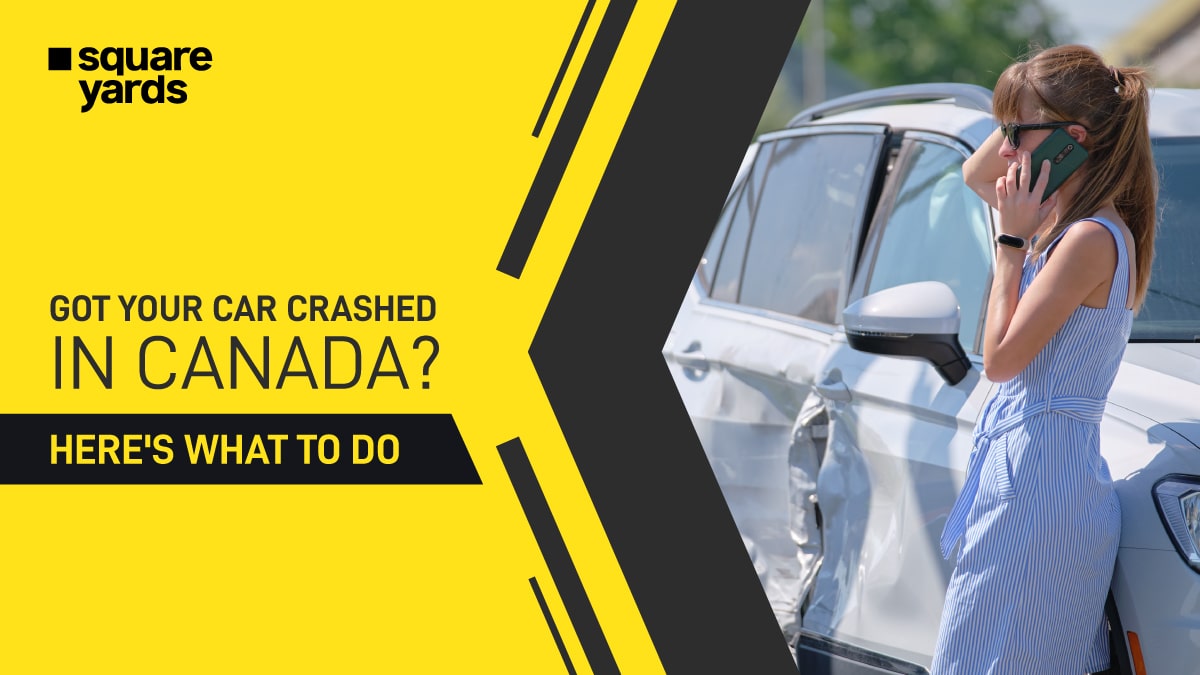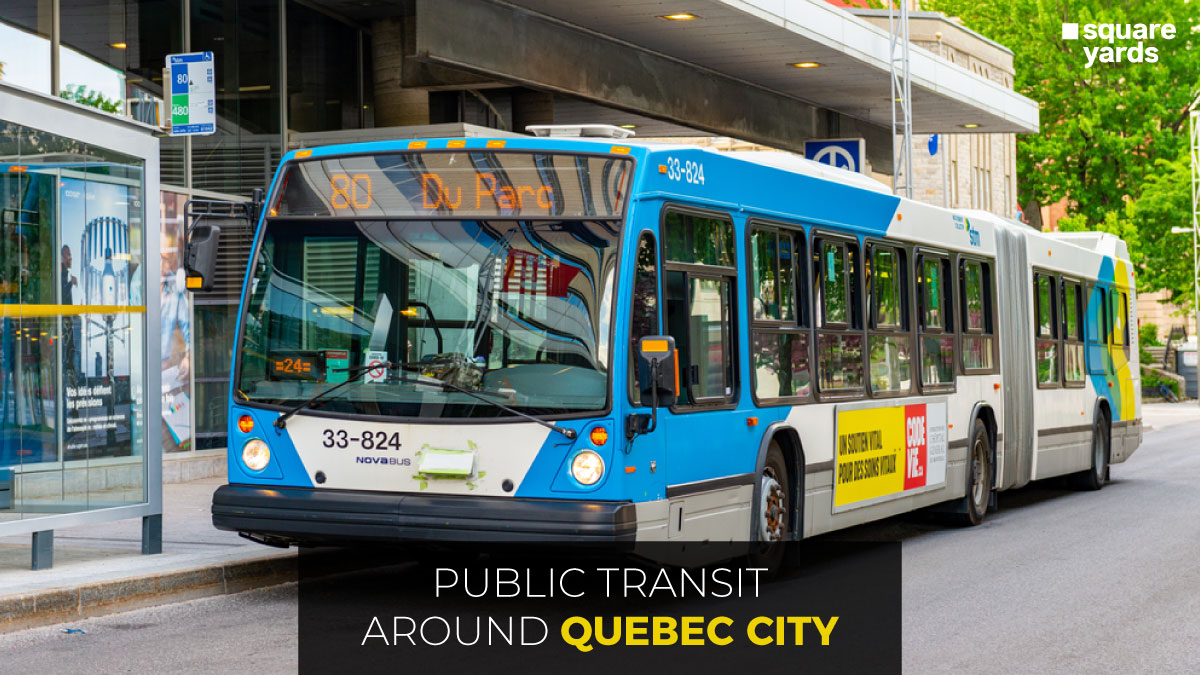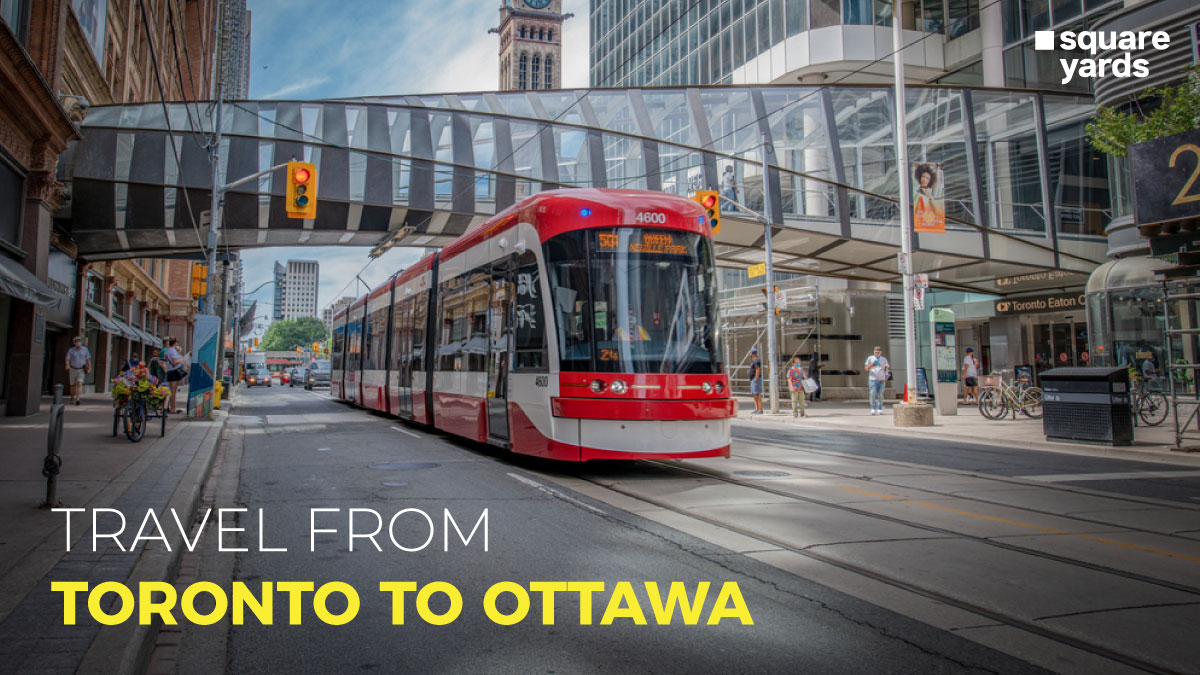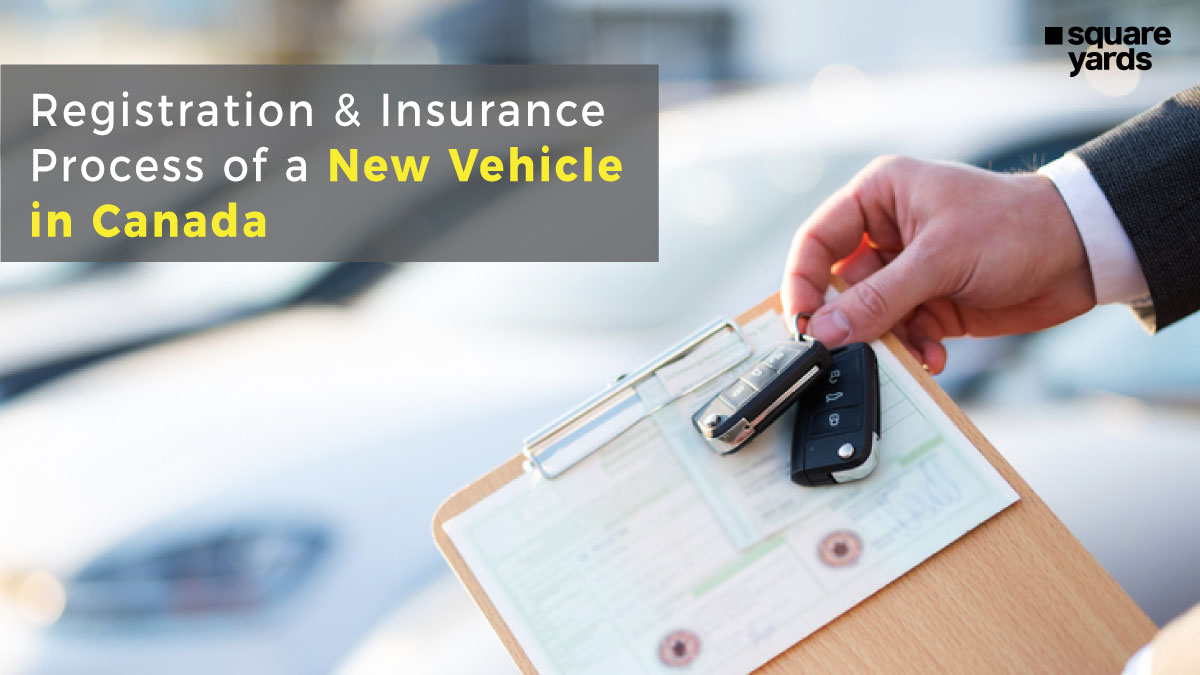Buy a car in Canada for a newcomers can be both confusing and overwhelming. Canada is a picturesque country with wide-open roads but limited public transport, especially in smaller provinces. It is therefore indispensable to have a car in Canada for daily activities. Larger provinces like Vancouver, Toronto, Calgary and Edmonton have extensive transit systems. Traveling by public transport in these cities is more convenient and cost-effective.
But that does not stop you from purchasing a car in Canada? After all, there is nothing more Canadian than a road trip.
Now that you have settled in comfortably in Canada, next on the list is buying a car. Therefore, depending on your financial situation, lifestyle choices and driving habits, the Canadian automobile market offers a wide range of vehicles. So, when you are ready to buy a car, whether new or second-hand, it is recommended to do some research to determine which vehicle will suit all your needs.
We have created this article to help you simplify the buying process of a car in Canada, providing comprehensive information for car buyers to make the right choices.
Steps to Follow to Buy a New Car in Canada
A car owner in Canada needs three important documents to legally own one. Without these documents, it is difficult to purchase a car. The three documents are –
- Driver’s licence
- Car insurance
- Vehicle registration
Step 1 – Get a Driver’s Licence
The first important step is to have a valid driver’s licence before purchasing a car in Canada. You should obtain your driver’s licence from the Government of the Canadian province in which you reside. This licence gives you the freedom to drive anywhere in Canada. If you hold a driver’s licence from another country, you are eligible to exchange it for a Canadian driver’s licence. This will require you to provide certain documents depending on the province you belong to.
To exchange your foreign license, you will need documents to obtain the exchange license. They are as follows –
- Canadian Citizenship card
- Foreign driver’s license
- An official abstract document or letter.
The abstract letter must be written within the last six months and include the following:
- Letterhead, logo, emblem, coat of arms, or symbol of the authority that issues your license
- Your legal name and date of birth
- The issue date of your license
- Your driver’s license number, class, current status (active or expired), and expiry date
- The date the driver’s abstract was created
Every province has set rules and requirements for getting a driver’s licence that you can investigate on their official website.
Step 2 – Get Car Insurance for Your Vehicle
Car insurance is mandatory to protect yourself financially from risks when buying or driving a car in Canada. Even if you are driving a borrowed car from relatives or friends regularly, you need to be on a car insurance plan.
The car insurance will protect you, your car and third parties in case of a theft or accident. There are different insurance plans available, and the price depends on the plan you choose. The plan depends on your age, living location, driving history, and driving experience. It is advised to look out for the best rate for your car. There are a few documents needed to obtain car insurance. They are –
- The driver’s license numbers of every family member that will use the car.
- The details of the model, car type, mileage, and registration number of the car that needs to be insured.
- A certificate mentioning any driver’s education or safe driving test completed in the last 3 years. This is optional if you want a better insurance rate.
One can submit their previous Canadian driving record as well. The international driving experience is not considered. Canadian citizens with previous insurance policies can submit their official letters from previous insurance companies. This can be shown as records of good driving experience. However, the same does not apply to a new immigrant as the experience is at a limit.
Step 3 – Register Your Car
If you buy your car in Canada from a dealer, the dealer will complete the registration process with your provincial government. However, if you purchase a car from a private seller, you will have to register with the government and submit all the necessary paperwork.
The following documents usually needed for registration are –
- Your driver’s licence
- Proof of valid car insurance
- Vehicle permit
- Signed transfer of ownership document
- License plate number
If you are buying a new vehicle from a dealership, they will usually file the vehicle registration for you. If you are buying a used car in Canada from a dealer or a private seller, you must include the Used Vehicle Information Package (UVIP), Safety Standards Certificate, and Drive Clean Emissions Test.
Each province has different rules to complete the registration of a privately sold used car. If you need more information, Carfax provides an overview of rules across Canada.
Step 4 – Set up a Budget
Before you begin your research, check your bank statements to understand your budget to buy a car in Canada.
Depending on your budget, you can decide on the type of vehicle you want to buy. In addition, keep extra costs aside for maintenance and routine checks and daily fuel charges. Canada is a cold and snow-clad country from October to April. It is best to buy extra four winter tyres for your car to drive on the icy roads in Canada. This, however, could be an additional cost to bear.
You will have to pay taxes and other additional fees when buying a car in Canada. Also, when you purchase a used car in Canada from a private seller, you have to pay sales tax to register the ownership of the car with the Canadian government. In addition to this, car insurance is legally required in Canada every month.
Step 5 – Find the Right Car
Finding the right car to buy in Canada is thrilling yet confusing. Carry out a thorough research on the car you need with specific factors to keep in mind. These factors include cost, performance, warranty, features, fuel economy, reliability, depreciation and resale value.
There are questions you need to ask yourself when looking for the right car in Canada. Such as the kind of car you need, whether to buy an automatic or manual, a new or used car and the car model in your budget.
-
The Better Choice – New Car or Used Car in Canada?
Buying a brand new car comes with a different excitement and satisfaction, but they tend to be expensive, and their value depreciates quicker than used cars. This matters if you plan to resell the vehicle in the future. There is a large selection of used cars for sale on the market and sometimes you can easily find a nearly new used car in Canada.
The differences between a new and used car in Canada will give you a clearer picture to help you make a clearer choice.
| New Car | Used Car | |
| Price | A new car is comparatively expensive | The price will be within budget with an affordable selling price |
| Payment | You can lease, finance, or buy the car directly. | Used cars cannot be leased and have few opportunities for financing. It is easier to buy directly from the seller as they are cheap. |
| Warranty | The new car indefinitely comes with a new warranty as per the rule. It offers maintenance coverage. | For used cars, only certified pre-owned cars come with a warranty. Otherwise, you need to buy an extended warranty for the car. |
| Condition | The dealership will give you a brand new car without any defects. | The history of the used car and its wear and tear or mechanical issues is not disclosed entirely. |
| Where to Buy | A car dealership only | A dealership or private seller |
| Features | New and updated features, technology and safety measures. | Old and worn-out features and safety measures with outdated technology. |
| Incentives | The manufacturer provides deals, rebates and special promotions. | The seller or dealership prices the car for their benefit. |
-
Automatic or Manual Cars?
Both automatic and manual cars in Canada come with their distinguished features and drawbacks this table illustrates the same:
| Automatic Cars | Manual Cars |
| Preference for an automatic car is high in Canada as compared to a manual car, but it all depends on your preference. | Manual cars tend to be cheaper than automatic vehicles. |
Private Seller and Merchant Seller
There are two mediums that you can buy a car in Canada – Private seller and Merchant Seller.
-
Private Seller
| Private Seller | |
| Condition | The condition of the car can be sold as per the owner, whether good or bad |
| Purchase | You will have to pay in full amount either in cash or bank transfer |
| Inspection | It is advisable to inspect the car completely before purchasing |
| Tests | The seller may provide valid Safety and Emissions test certificates. If they do not, then you pay to obtain the certificates. |
-
Merchant Seller
A merchant seller is like a car dealership that has sales of the cars through a dealership only. The prices offered by the dealer are negotiable including selling prices, financing, warranty, protection plans, and other additional costs.
| Merchant Seller / Dealership | |
| Retail Price | The retail price, also commonly known in Canada as the “window sticker” or list price, is the price that new car dealers work with. It also includes dealer invoice price and taxes. |
| Selection | A variety of cars to choose from such as new or used, brands and models. |
| Financing | Lease and loans are offered based on your credit |
| Certified Pre-Owned | Cars are more expensive but with better quality and a documented history of the car. |
Buy or Lease a Car in Canada
Once you obtain your driver’s license and have found the right car, decide to buy or lease depending on your financial capabilities and preferences.
There will be rental car payments to look after unless you pay the total amount in cash. Most car-buyers put a deposit for the car and get a loan from the bank to purchase it. This evidently will come with interest which turns out to be more expensive. For an immigrant, getting an auto loan could be tricky as you have no credit score in this country.
The other option that works for immigrants is to lease a car where you have no ownership of the car but pay the dealer for its usage and miles for an agreed amount of time. You are renting out the car for a monthly fee. At the end of the lease term (usually for 1 to 3 years), you have an option to buy out the car or return it for a newer model.
When you buy a new vehicle, you have different ways of paying for it: To buy a car in Canada, you have the option of leasing, financing it with a loan or buying it out in cash. Here are three ways that one can buy a car in Canada –
-
Credit
One needs a good credit score to apply for a loan or to get an approved lease. For immigrants, this is tricky as they are new to the country and the banks will not trust you enough to know if you will be able to make the payments on time.
However, there are ways one can build a good credit score. They are –
- Secure Credit Cards – A safe way to establish first trustworthy first credit history
- Bill Payments – Making payments such as rent, phone bills, and more) on time without any irregularity.
- Smaller Loans – Taking out and paying off small loans on credit cards regularly and on time.
However, even if you build a good credit history, it will take an immigrant more than a year to get approved for car financing.
-
Loans
Car loans are by far the most common way that all Canadians commonly opt for car loans when purchasing a new car. For instance, if the new car costs $30,000 but you have only $5,000 in your savings, you can use the $4,000 as a down payment and take out a loan for $25,000. Let’s understand how you can pay the loan off –
-
- Period – A long loan tenure will allow you to pay low monthly payments but there will be a higher paid interest.
- Interest Rate – The interest rate charged on the loan will depend on your credit score and the loan tenure.
- Incentives – Manufacturers offer special incentives for low loan rates.
-
Leases
Leasing a car does not allow you to own the car entirely. You are renting it from the dealership for a period. Once the lease period ends, you either buy the car or end the lease contract entirely. When leasing, the monthly payments are lower than a loan.
For instance – if you lease a car for $30,000, at the end of the 3-year lease period, the car costs reduce to $22,000. The monthly lease payments cover the value of $8,000 that the car loses during the 3-years. Other factors include the interest, lease tenure and annual kilometre limit.
Test Drive Your Car
Before buying a car in Canada, it is important to take a test drive to learn in person about the vehicle’s present condition and performance. This way, you can inspect the car inside out and look for issues such as corrosion, bald tires, body damage, or defective lights, especially in used cars.
Best Time to Buy a Car in Canada
Researching online is the best way to look out for cars for sale in Canada. Several websites show which dealers and manufacturers are offering incentives for what car models. You can read reviews of different cars with prices, pictures, location, and mileage details.
Some of the most viewed websites for the sale of new and used cars are autotrader.ca, auto123.ca, and carpages.ca. Craiglist, Facebook Marketplace, and Kijiji are popular options for private car sales.
The best time to buy a car in Canada includes –
- End of every month, when the dealer makes way for new models.
- Slow sale periods during the winters.
- End of year inventory clearance.
Enjoy the New Ride
See, it wasn’t that daunting or confusing to buy a car in Canada. Conduct thorough research to find the right car and dealer before purchasing your dream car. Keep all your necessary documents from driver’s licence, car insurance and vehicle registration in check. The most important is to test drive and check for warranty details of the car. Follow the above steps, and before you know it, you have purchased your first new car in Canada.
You May Also Read
| Apply for a Credit Card in Canada | How to Become a Canadian Citizen |
| How to Buy a House in Toronto? | How to Buy a House in Canada? |
| Buy a Leasehold Property in Canada |
Frequently Asked Questions (FAQs)
It is legal for a non-resident to buy a car in Canada, even as a tourist. Certain provinces in Canada let you drive with your foreign driver’s license for three months while other provinces allow it for a year. You might need to get car insurance as well.
To buy a car in Canada legally, you need three documents: driver’s license, car insurance, and vehicle registration.
For a new car in Canada, the average cost is upwards of $45,000, whereas used cars typically cost around $25,000.
Canada is more expensive than the United States for cars, especially newer models. Automobile manufacturers from Japan, Germany, and Korea charge Canadians more than their American counterparts. All-new vehicles in Canada are on average 17% more expensive than those in the U.S.
According to the National Resource Canada (NRCan) Vehicle Survey, the typical mileage per year in Canada is around 15,200 kilometres.
According to a recent study regarding car ownership and vehicle usage in Canada, 83 per cent of Canadians own or lease a car. Can a non-resident buy a car in Canada?
What are the requirements for buying a car in Canada?
How much does it cost to buy a car in Canada?
Is it expensive to buy a car in Canada?
What is the average km per year for a car in Canada?
Do most Canadians own a car?



